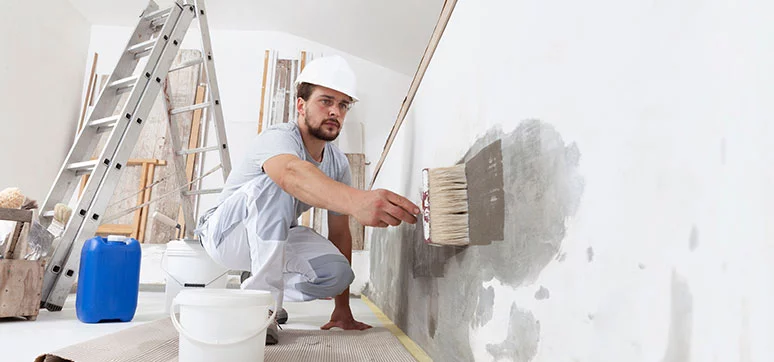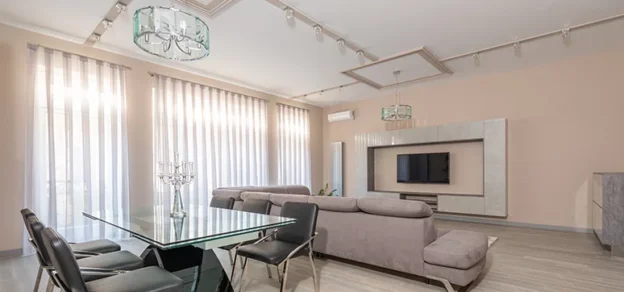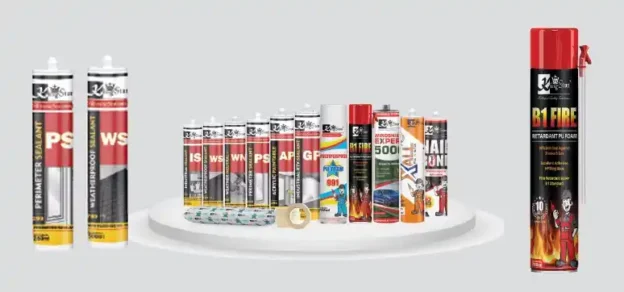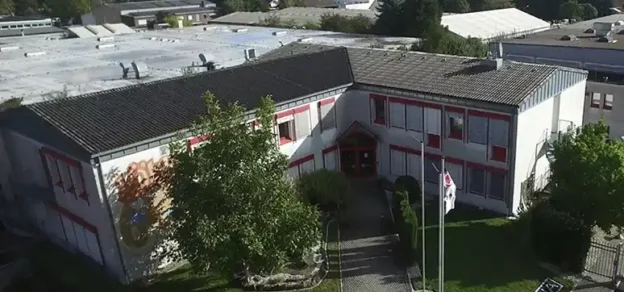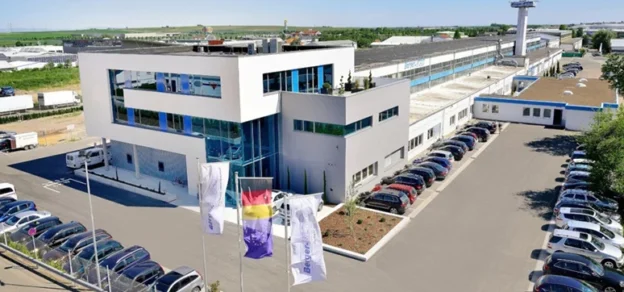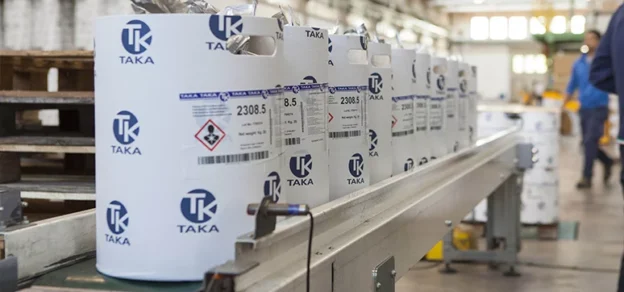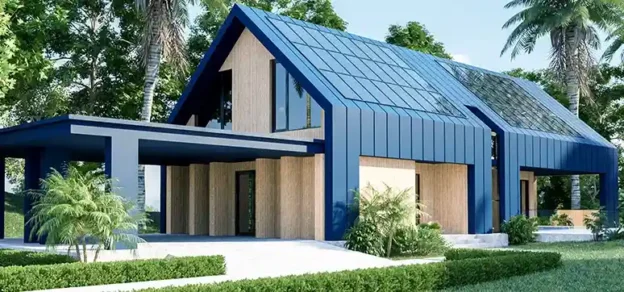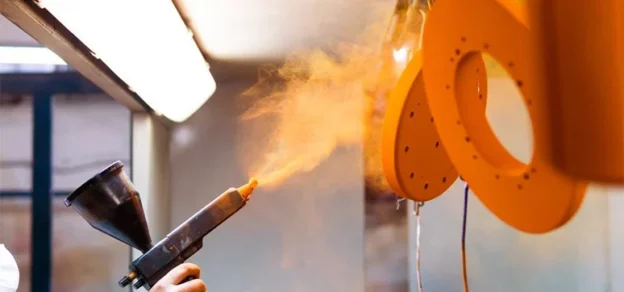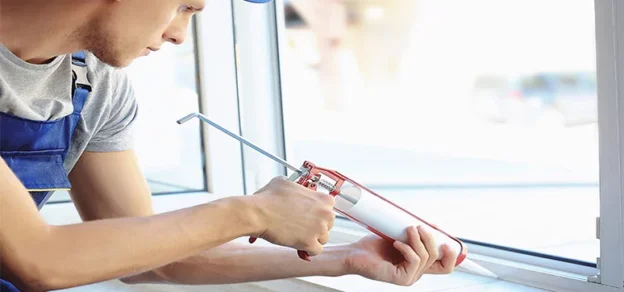Waterproofing is one of the most essential milestones in the construction world. It is a crucial element for any design or construction activity both in rural and urban scenarios. The season of monsoon & several back-to-back cyclonic disturbances throughout the year results in severe dampness, seepage of water in walls and slabs, and this has become a common sight in most Indian homes. These can be either on the roof, ceiling, or walls of residential buildings & bungalows. To address these universal problems professionally is to adopt precautionary methods through waterproofing.
The foundation structure of any property (be it commercial or residential) is the most crucial element in construction. The roots are extremely vital to make any property sturdy. Modern developers create signature properties, which reflect innovation in construction, design, and layouts. In this process, they often forget to address an intrinsic part of the construction, which is waterproofing. A well-informed property seeker always will check on this vital aspect before finalising a property. For the lesser informed individual, waterproofing essentially is the process of making any structure water-resistant so that it remains relatively unaffected by water under specified weather conditions. The three generic segments of waterproofing are basement waterproofing, internal waterproofing, and roof waterproofing in residential properties.

An average property seeker often enquires about floor area, basic amenities, locational advantage, connectivity, budget, etc. Due to the lack of awareness about the importance of waterproofing, it is often overlooked despite being an integral part of any building.
India being a tropical country, waterproofing is imperative. Year-round rainfall and floods in some regions definitely call for waterproofed structures. Excessive rainfall or high underground water table causes moisture build-up within the structure of the building resulting in water stains, peeling off paint from walls, short-circuits, damaged furniture, water seepage, dampness, etc. in the buildings. Waterproofing can prevent a structure from all these adversities, or else it will require constant repair with regular unnecessary monetary investment. Research shows that waterproofing expenses (while constructing) account for just 2-3 % of a building’s total construction cost approximately; however, damage caused due to moisture build-up & leakage can account for up to 80% of a building’s defects.
The process of waterproofing not only protects the house from the damp condition but also controls moisture build-up, and the appearance of mould & fungus inside and outside the building but also helps to retain the aesthetics & internal strength of the property. Waterproofing offers a long-lasting solution, which is value for money for the common consumer. From the human health point of view growth of spores/ fungus inside damp walls gets exposed to air and is breathed into the lungs; which is unhealthy. Such unhealthy breathing can lead to respiratory disorders and infections.
Now building façades continue to command a great deal of design attention. Through computer-aided designs many shapes surfaces and geometries are possible. It can broadly be divided into two segments: The opaque portion and the transparent portion. Nothing much to discuss about the transparent portion, other than sealing & bonding and the cladding systems which are weatherproof.

The opaque portion waterproofing however is very important and may require the following items depending on the situation:
• Damp-proof course to prevent the rising dampness
• Integral waterproofing materials for concrete and plaster
• Non-shrink grouts, sealants, foams (open-cell & closed-cell), pleated seals, metal covers
• Sealer & primer coat
• Silicone-based water repellent
• Acrylic co-polymer-based elastomeric coating
• Protective coatings
Primarily the façades & fenestration while we install, should be based on the following principles:

• Protection (heat, cold, wind, rain, humidity, noise, etc.)
• Safety (Burglary resistance, fire protection, bomb blast, etc.)
• Aesthetics (design freedom, choice of materials, non-staining)
• Profitability (durability, energy-saving, low maintenance cost)
The transparent façade segment can be broadly divided into two: Curtain Wall Façade and Insulating Façade.
A curtain wall façade system is a lightweight multifunctional envelope made of glass, metal, stone, or composite panels. The panels are fixed to a metal subframe, either with pressure plates (capped system) or bonded with silicone sealant (structural glazing).
Ventilated façades consist of wall construction, mainly concrete or steel, with an external (or internal) insulating layer and decorative envelope. The air gap between the insulating and decorative surface is used for ventilation of the façade. The silicone adhesive in a combination membrane system is used in this case, which is vapour proof and also minimises the noble gas loss filled within the space.
In the opaque portion, the panel bonding and sound damping are two major issues. They are usually done nowadays with high-end PU-adhesive, Silicone sealants Elastomers & Acrylate based sound damping dispersion, membrane, and expansion tape.

While waterproofing may seem like a blow to the construction budget, it must be considered from the standpoint of the long-term durability of the structure and the comfort quotient of its residents.
According to construction experts, waterproofing should be a point of discussion and must be involved in the design stage of the building rather than post-construction while conducting repairs and renovations. Utmost importance has to be given to the role of waterproofing techniques being thoroughly devised and practised, therefore making it the key element of construction aesthetics.
